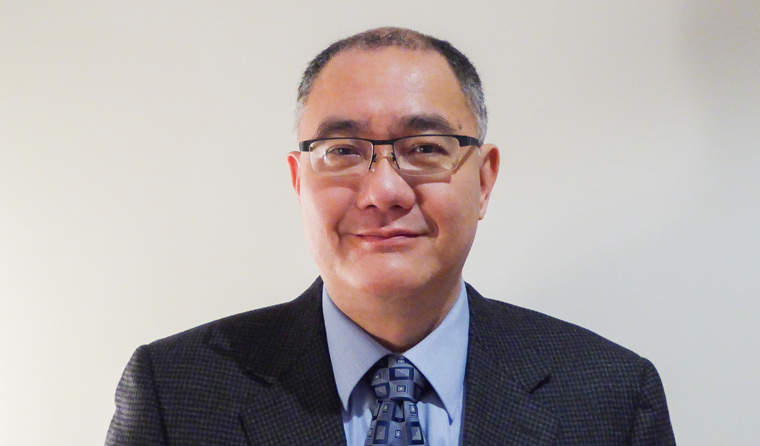News
Taking allergy seriously
Specialist Associate Professor Richard Loh talks about growing impacts of allergic disease in Australia, and the need for more funding to tackle it.
 Milk allergy is one of the deadliest food allergies in Australia.
Milk allergy is one of the deadliest food allergies in Australia.
Australia is currently in the midst of an allergy crisis, according to paediatric allergy specialist to Associate Professor Richard Loh.
‘We are talking about young people dying and going into emergency departments, in most cases due to anaphylaxis that could have been avoided,’ he said.
And Associate Professor Loh believes that a rising rate of allergy among Australians means the problem is only going to get worse.
‘One in 10 infants now born in Australia has a documented food allergy, so 10% of infants at 12 months of age,’ he told newsGP.
‘For allergens like peanuts, tree nuts, fish, shellfish, only about 20% [of children] outgrow it. Fifteen years ago, I would have said 95% or more would outgrow it by age six.’
For some patients, the outcomes can be fatal, with life-threatening allergy rates doubling over the past 10 years and an increase of allergy deaths by 42% over the last six years.
People may also be surprised by what has turned out to be one of the most deadly allergies in Australia.
‘More than half the deaths from food allergy in Australia that we are aware of in the past five years are actually due to milk, not peanut, tree nuts, fish or shellfish,’ Associate Professor Loh said.
Preliminary data from the Victorian Anaphylaxis Register – the only such register in the country, implemented in 2018 after a coroner’s recommendation following the death of a 10-year-old boy from a milk allergy – is alarming to Associate Professor Loh, indicating the potential scale of the problem.
‘There were a thousand cases of anaphylaxis presenting to Victorian hospitals in a three-month period, of which 600 were food allergy,’ he said.
‘I knew it was under-reported, but when you present the data, that is really high.’
To help address this growing health problem in Australia, the Australasian Society of Clinical Immunology and Allergy (ASCIA) and the consumer group Allergy and Anaphylaxis Australia (A&AA), have joined forces to develop the National Allergy Strategy.
‘The National Allergy Strategy calls for a top-to-bottom approach,’ Associate Professor Loh said. ‘That includes a system such as an anaphylaxis register or notification scheme, which collects better data on things such as unsafe foods which don’t have accurate ingredient labels.
‘It also includes training of health professionals so that more people can receive quality care, better training in the food-service industry, better access to emerging treatments for food allergies, immunotherapy for insect sting allergy, better diagnosis of drug allergies, and much more.’

Paediatric allergy specialist Associate Professor Richard Loh believes allergy care in Australia requires a major funding boost.
The National Allergy Strategy advocates a shared care model with a whole-of-health approach, designed to improve timely access for patients who require allergy care.
GPs are crucial to this model, and to allergy care in general.
‘If you look at the BEACH [Bettering the evaluation and care of health] data that analysed presentations to GPs, up to 30% of them are allergy-related,’ Associate Professor Loh said. ‘I think GPs are critical.’
But Associate Professor Loh believes a gap in training for GPs and other health professionals has resulted in increasing strain within the health system.
‘We can’t blame GPs if we don’t provide them with allergy training and resources,’ he said.
‘And what’s happening is, they are referring a lot of patients to specialists like myself, which has resulted in over 12-month waitlists all around Australia.
‘This means that allergy specialists see young people who should be managed by their GP, and could be, if GPs felt more confident. Others who should see an allergy specialist for severe allergies are left to manage themselves leaving them at even greater risk.
‘Also, many people in rural and regional areas are travelling unacceptable, costly distances for health care at huge costs to both the family and the health system.
‘I’m not asking for more allergists – although we need more – but to provide resources to upskill primary and secondary care.’
Despite the serious issues posed by the growing rates of allergy in Australia, the National Allergy Strategy may struggle to gain the governmental funding it needs for implementation, a point of frustration for Associate Professor Loh.
‘When you talk about death rates, they are relatively low but they are increasing, at 7% a year, every year for six years,’ he said. ‘If I went to people and said breast cancer was increasing by 7% a year every year, people would say we have to do something about it.
‘But people think it’s trivial: a bit of hay fever. And because there’s a lot of misdiagnosis, people don’t quite understand the severity, of not only food allergy, but drug allergy.
‘It is a crisis when people take 18 months to access the right health professional, the death rates are increasing, people are not outgrowing their allergies.
‘It’s an all-of-government issue, all-of-health and we need to recognise it and work together.’
allergy National Strategy World Allergy Week
newsGP weekly poll
How often do patients ask you about weight-loss medications such as semaglutide or tirzepatide?